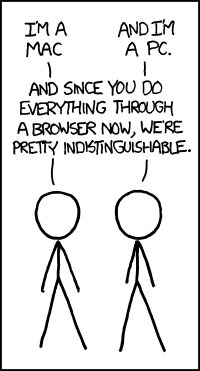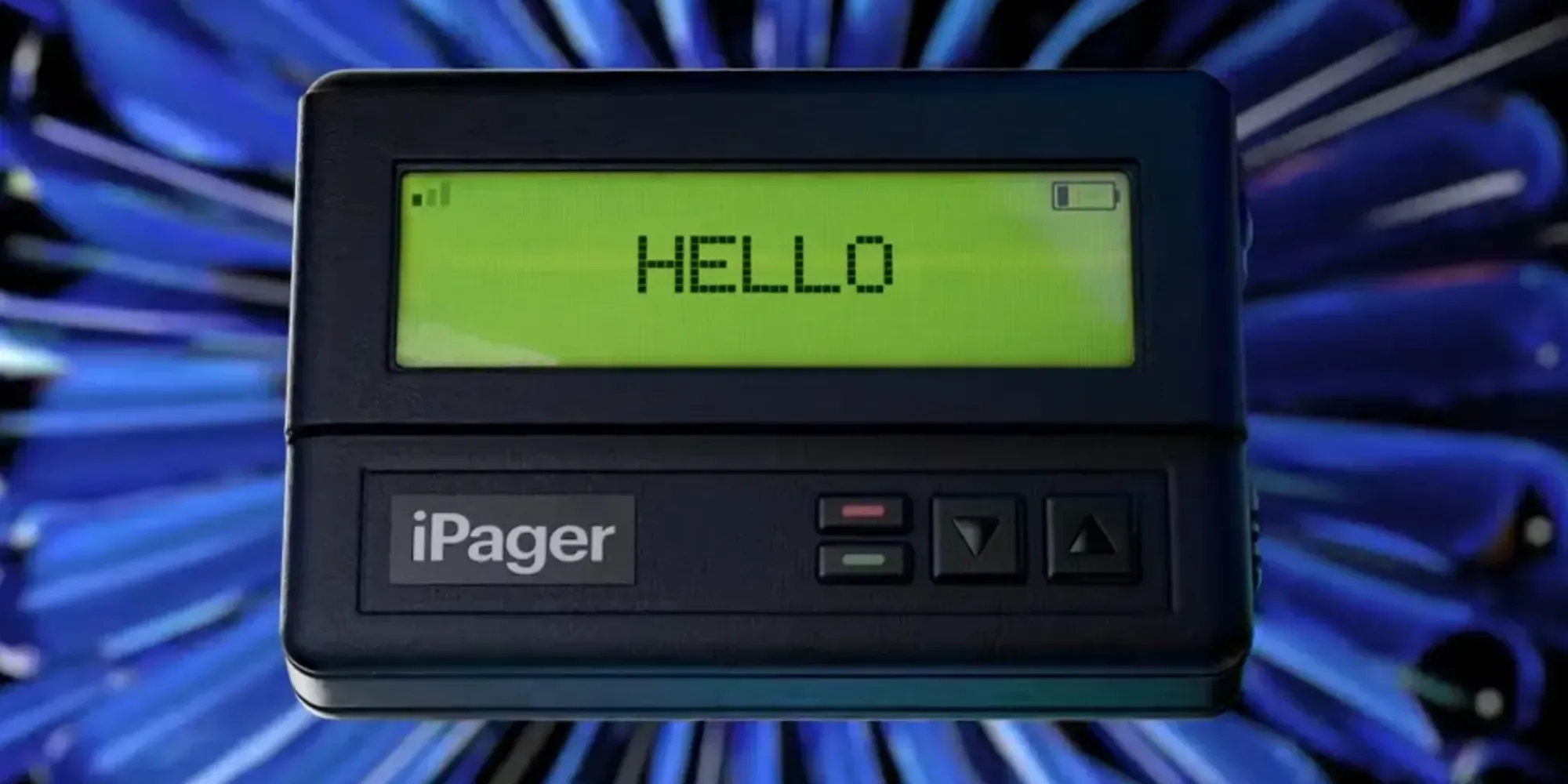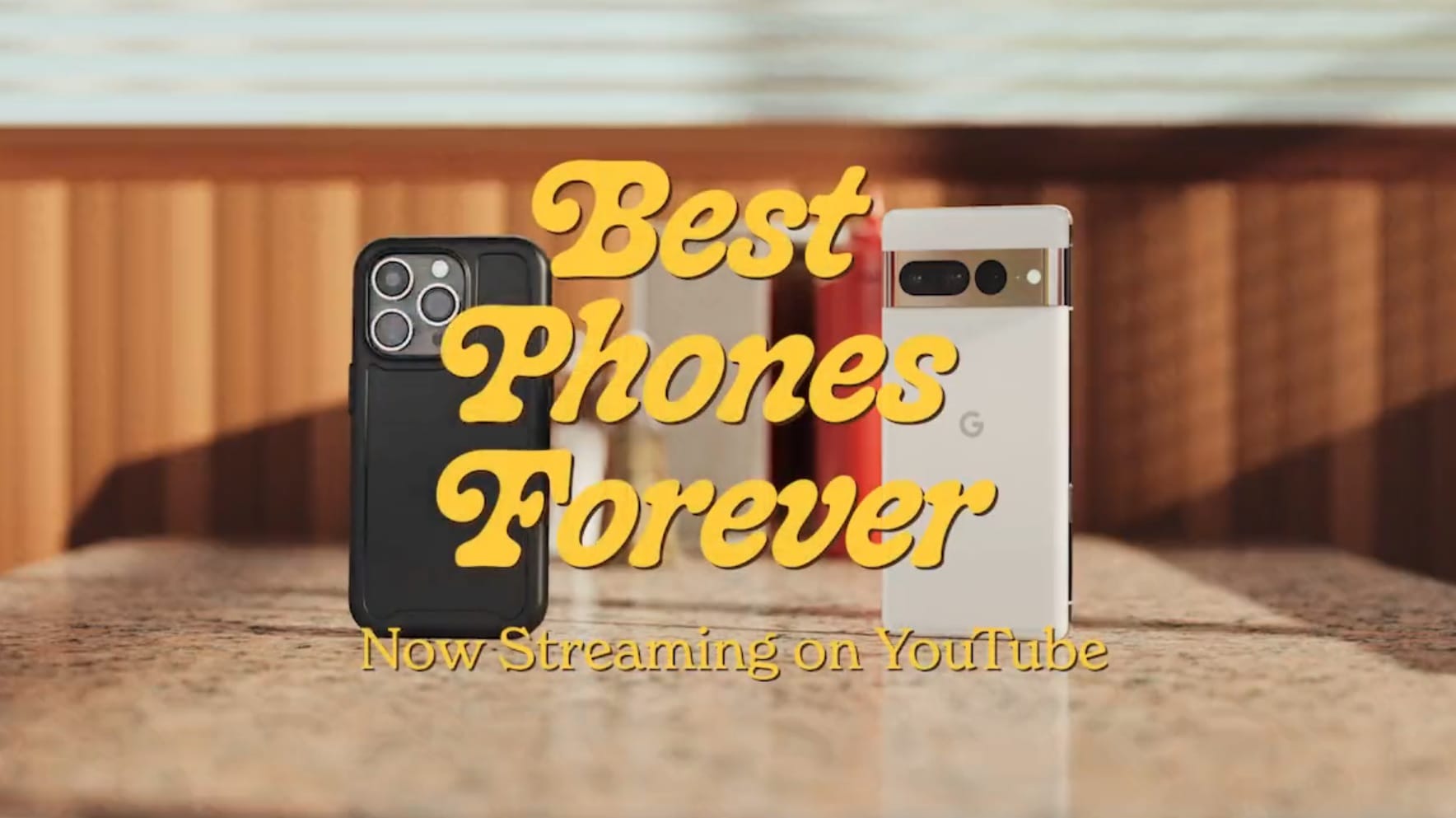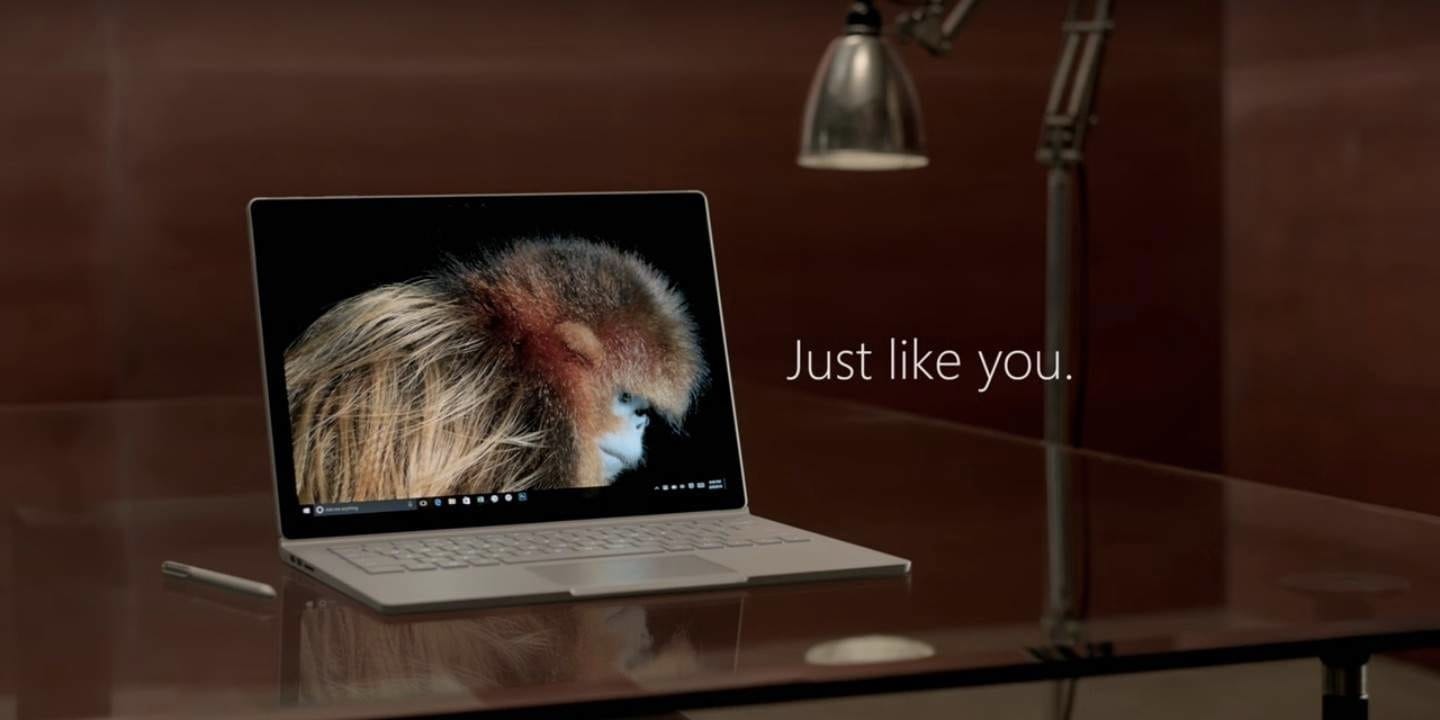The New Rules of Brand Rivalry: From Conflict to Courtesy
The landscape of brand rivalry has shifted from direct conflict to a more courteous, but often riskier, approach. While aggressive tactics like Apple's "Mac vs. PC" campaign still exist, modern brands are increasingly using non-confrontational strategies to build trust and loyalty.


The traditional approach to brand rivalry, perhaps best exemplified by the "I'm a Mac and I'm a PC" advertising campaign in the early 2000s, relied on an aggressive, confrontational strategy. This approach created a clear "us vs. them" narrative, where a brand defined itself not by its own merits alone, but by highlighting the perceived shortcomings of its competitor. By fostering a sense of tribalism, these campaigns allowed consumers to feel they were part of an exclusive and superior group. For example, the campaign personified the Mac as a cool, creative individual and the PC as a stuffy, corporate one, which solidified loyalty by making customers feel they were choosing a lifestyle rather than just a product. This playbook relied on highlighting the competitor's weaknesses to accentuate a brand's own strengths.

While modern marketing has largely shifted towards more courteous approaches, some brands still see value in publicly challenging their rivals. An exception to this modern rule is Google's #getthemessage campaign, which directly pressures Apple to adopt the Rich Communication Services (RCS) standard for messaging. Unlike the broad, lifestyle-based rivalry of "Mac vs. PC," this campaign is centered on a specific pain point for consumers (the "green bubble" issue) to put public pressure on a direct competitor. It is a modern manifestation of the "conflict" strategy, demonstrating that while it may be an unusual tactic in today's landscape, it can still be an effective tool for a brand to challenge a rival on a specific issue.

In contrast to the direct conflict of the past, the modern approach often showcases a reluctance to engage in direct rivalry. This strategy positions a brand not as overtly confident, but as cautious and respectful, aiming to avoid the perception of being an aggressive "bully." A powerful example of this is Google's "Best Phones Forever" campaign. This ongoing series personifies a Google Pixel phone and an iPhone as best friends who go on adventures together. Instead of attacking a competitor's features, the campaign uses humor and lighthearted banter to showcase Pixel's own strengths, often with the iPhone character expressing curiosity or surprise at a new Pixel feature. By framing the relationship as a friendly one, Google builds goodwill and consumer loyalty based on a different kind of trust. The brand is seen as a polite participant that values its rival, rather than a leader that is superior to its peers, and a brand that respects the user's right to choose an experience that is truly their own.

Another manifestation of this non-confrontational strategy can be seen in Microsoft's more recent messaging. After years of being portrayed as the "stuffy PC" in Apple's campaigns, Microsoft's own marketing shifted away from direct attacks. Instead, it has often focused on highlighting the diversity and power of the Windows ecosystem. Campaigns show a wide variety of devices and use cases, implicitly positioning Windows not as a monolithic platform but as a world of choice and possibility that can cater to any user, contrasting with the more rigid ecosystem of its rival. This move from aggressive defense to a confident celebration of its own diversity is a clear example of a shift from a conflict-based strategy to a more courteous one.
The Psychology Behind Competitor Praise
Praising a competitor is a psychological maneuver that can make a brand appear more human and less predatory. When a brand demonstrates that it is secure enough to acknowledge the strengths of its rivals, it signals a deeper confidence in its own product. A powerful example of this is the Audi commercial that shows different car keys for Alfa Romeo, Mercedes, Subaru, and BMW. Instead of attacking these brands, the ad praises each one for a specific strength like "design," "comfort," "safety," or "sportiness." As each key is gradually added to the hooks, the keyrings overlap in an arrangement that is revealed to be the Audi logo. The commercial then poses the question, "all in one car only?" This brilliant move uses the positive reputations of its rivals to elevate its own brand, suggesting that Audi offers a comprehensive package that combines all of these desirable qualities. Consumers are more likely to trust a brand that acknowledges its competitors' strengths, as it seems more genuine and less like a desperate sales pitch, which ultimately builds a stronger connection and a more favorable brand perception.
The Thin-Slice Theory
The favorable response to competitor praise can be explained through the psychological concept of "thin-slice theory." This theory suggests that people are able to make quick, accurate judgments about a person or situation based on a very brief observation, or a "thin slice" of information. In the context of brand rivalry, a single, well-executed instance of competitor praise acts as a thin-slice moment for the consumer. It provides an immediate and powerful signal about the brand's confidence, maturity, and lack of insecurity. This quick, positive judgment can lead to increased engagement and purchase intent because consumers feel they are aligning with a brand that is transparent, authentic, and respectful—qualities that are highly valued in the modern marketplace.
When Praising Competitors Can Go Wrong
Praising a competitor is a risky strategy that can easily backfire, especially when a brand’s motives are questioned or it lacks authenticity. A complimentary approach can be seen as insincere if it's not genuinely earned, which can damage a brand's credibility. Furthermore, if a brand praises a competitor for the very thing that is supposed to be its own unique selling proposition, it can dilute its own value and confuse consumers about why they should choose one over the other. In some cases, a well-meaning attempt at courtesy can be perceived not as respect, but as a sign of timidity or a fear of direct competition, which can signal a lack of confidence to the consumer.
A prime example of this is Burger King's "McWhopper" campaign from 2015. Burger King publicly proposed a collaboration with McDonald's to create a hybrid burger, the "McWhopper," and serve it for one day to raise awareness for World Peace Day. This was a non-confrontational, charitable gesture that aimed to build goodwill. However, McDonald's publicly rejected the offer, stating, "We'll be in touch." This strategic move by McDonald's made Burger King's campaign look like an attention-seeking stunt that was publicly spurned, and it highlighted the danger of a non-confrontational approach: if the other brand doesn't participate, the praising brand can look desperate and lose control of the narrative.
Final Thoughts
The evolution of brand rivalry demonstrates a clear shift in marketing philosophy. While the confrontational "us vs. them" approach of the past, like the classic Mac vs. PC campaign, still has its place in modern exceptions like the #getthemessage campaign, a new era of courtesy has emerged. This new approach, seen in campaigns like Google's "Best Phones Forever" and Audi's car keys commercial, seeks to win over consumers not by tearing down rivals, but by elevating the conversation and signaling confidence. However, this strategy is not without its risks. As seen with Burger King's "McWhopper" campaign, a courteous gesture can easily backfire if it is perceived as insincere or desperate, ultimately leading to brand dilution and consumer confusion. In today's dynamic market, the most successful brands are those that can skillfully navigate this complex landscape, knowing when to engage in conflict, and when to extend a hand of courtesy.



